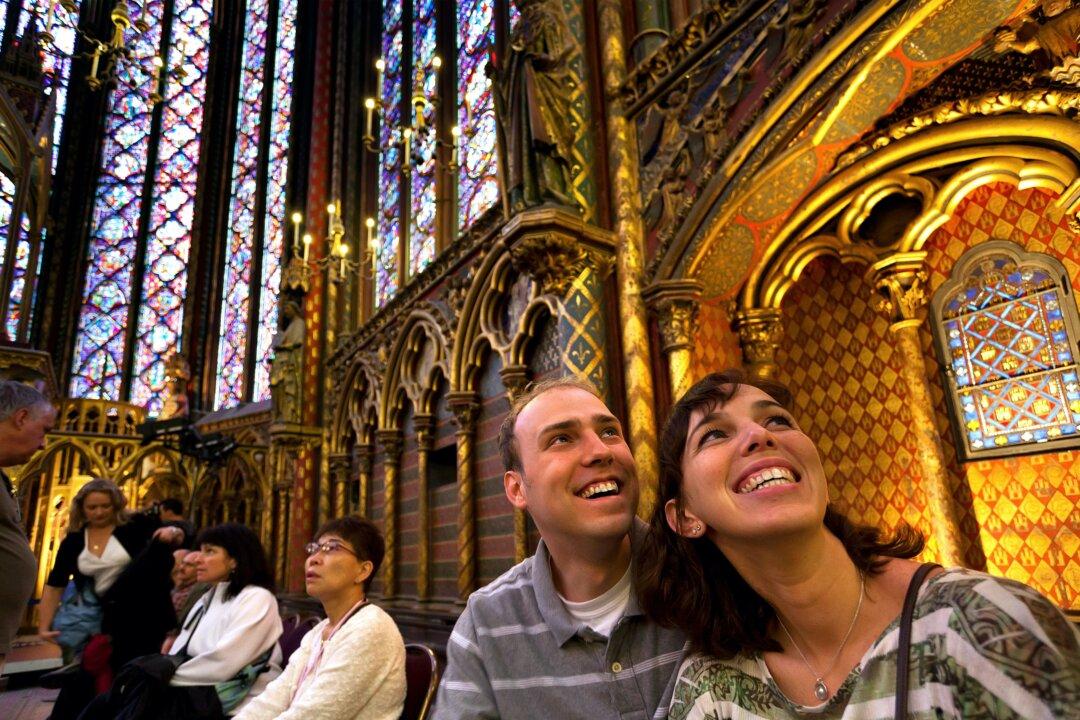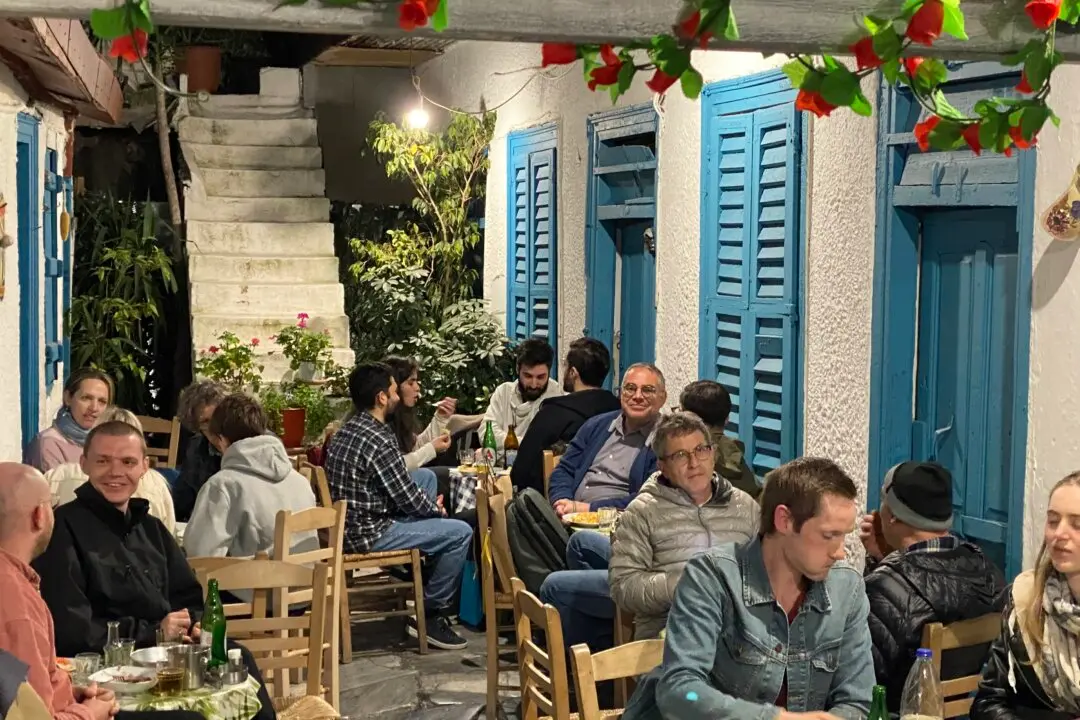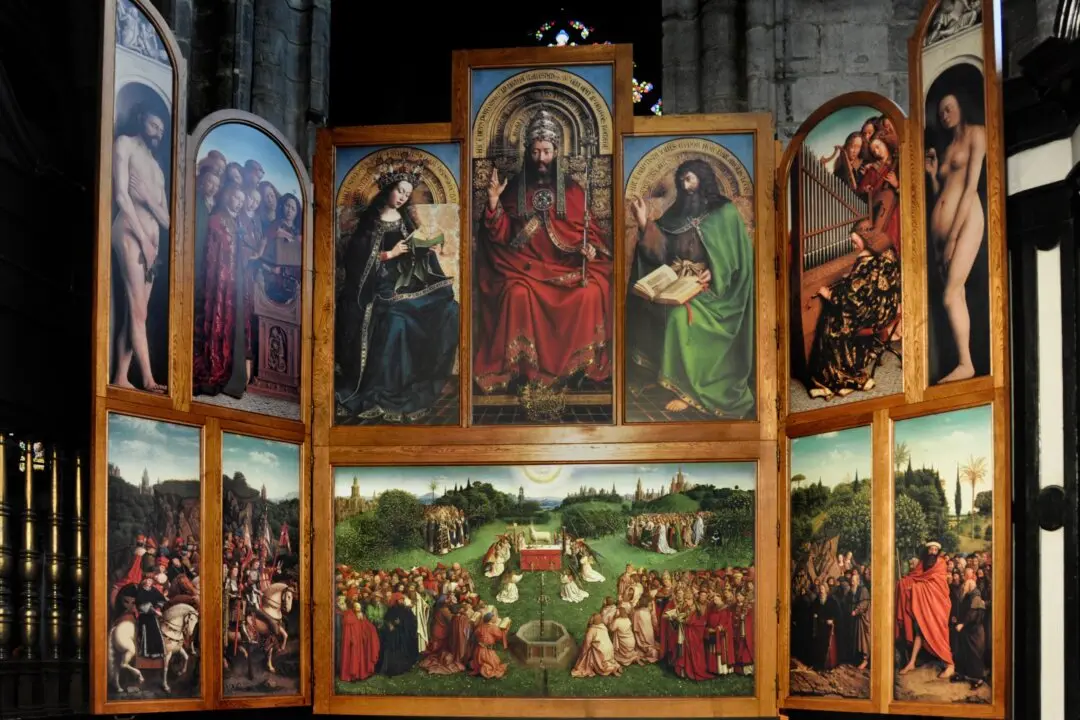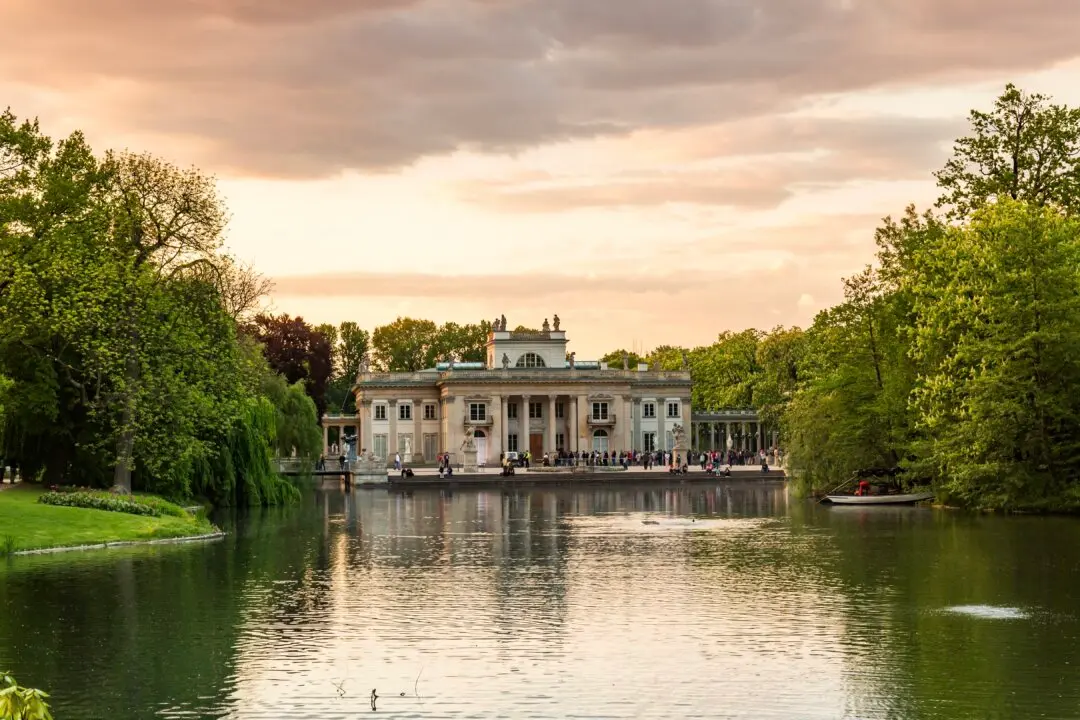A favorite teaching trick of mine, in my work as a tour guide in Europe, is to build a Gothic cathedral out of tourists. It just takes 13 bodies: six columns, six buttresses, and a spire. Imagine the scene: raised arms creating pointed arches, plenty of space between the columns for stained glass, and the buttresses taking a step back to become flying buttresses … it’s perfect. When the skinny spire muscles her way into the sky, and the skeleton of support stands strong, all involved will forever better understand the medieval genius of Gothic.
Europe is a treasure chest of great art and history. And our challenge is to enjoy it.
As a kid on family trips to Europe, I dutifully went to the great galleries because my mom said it would be a crime not to. Touring places like the National Archaeological Museum in Athens, I was surrounded by people looking like they were having a good time — and I was convinced they were faking it. I thought, “How could anybody enjoy this stuff?” A few years later, after a class in classical art history, that same museum was a fascinating trip into the world of Pericles and Socrates, all because of some background knowledge.
People ask me about saving money on museum tickets. And while you can save a little here and there, a better budget tip is to make those experiences more worthwhile. Those who bring an understanding with them will enjoy the art and architecture a lot more. And when you appreciate the context in which things were made, paintings and statues become the closest thing you’ll get to a time machine in your travels.
Learn who paid for what you’re looking at and why. Climbing the dark spiral staircase in Paris’ Sainte-Chapelle, you suddenly emerge in the most beautifully lit medieval chapel in Europe … a virtual lantern of 800-year-old stained glass built to house what people believed was Jesus’ crown of thorns. Standing in a radiant shower of colored light filtering through that glass and knowing that, so long ago, King Louis IX of France paid a fortune to build the most glorious space in all of Europe to properly house this relic, takes you back.
See things in the context of the age they were created. Stepping into Milan’s Church of Santa Maria delle Grazie, Leonardo’s Last Supper comes vividly to life when you understand what a blessing it was for the friars – who for centuries ate in silence under that fresco – to dine in such divine company.





